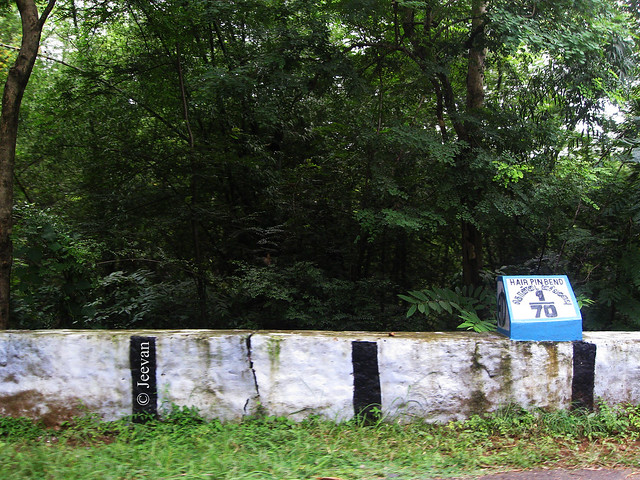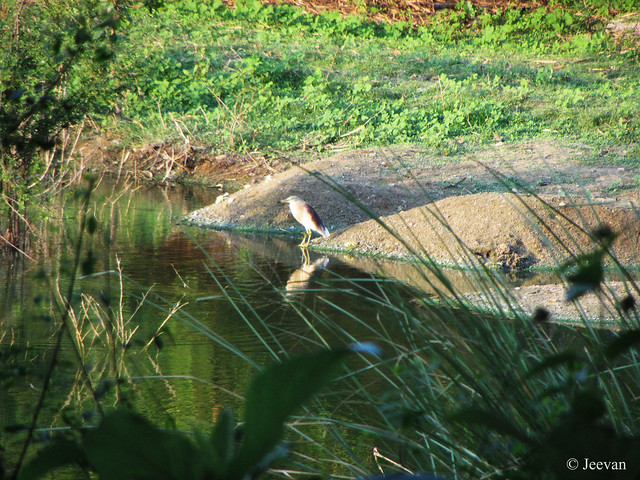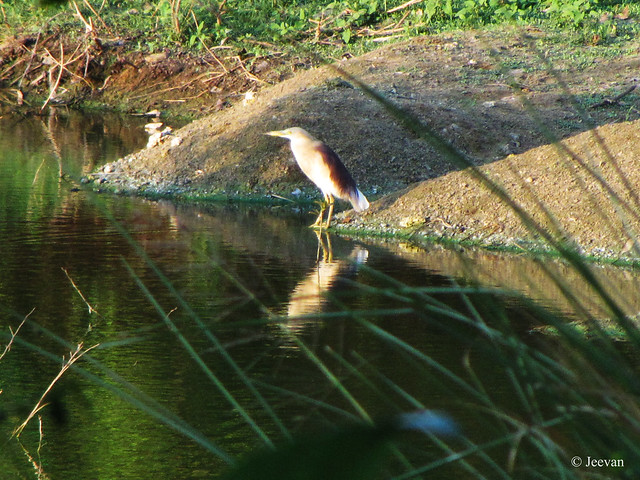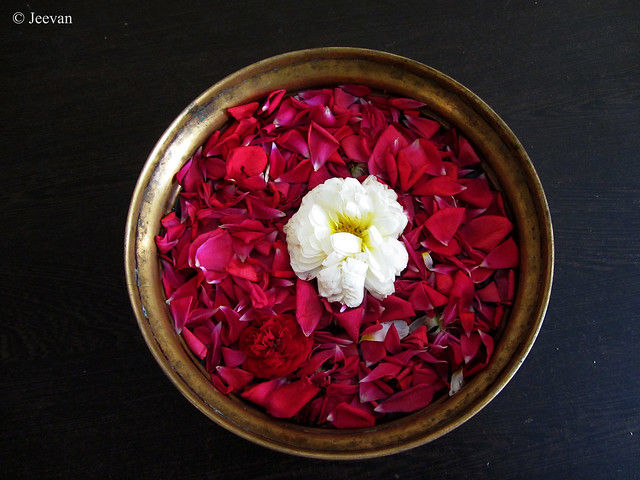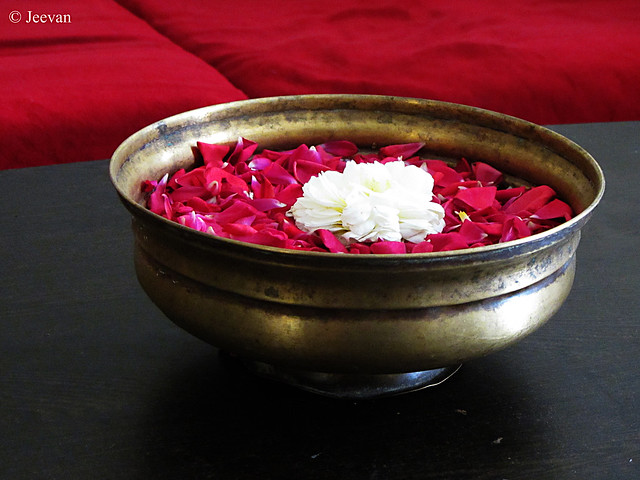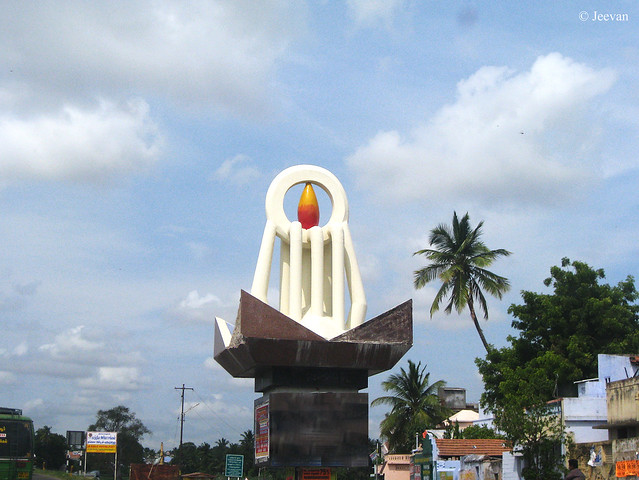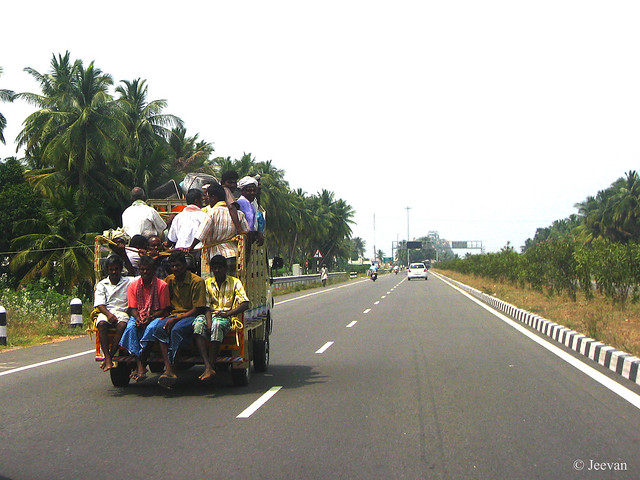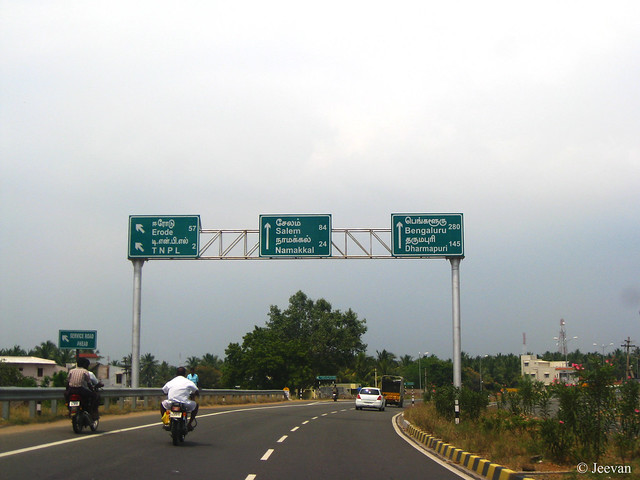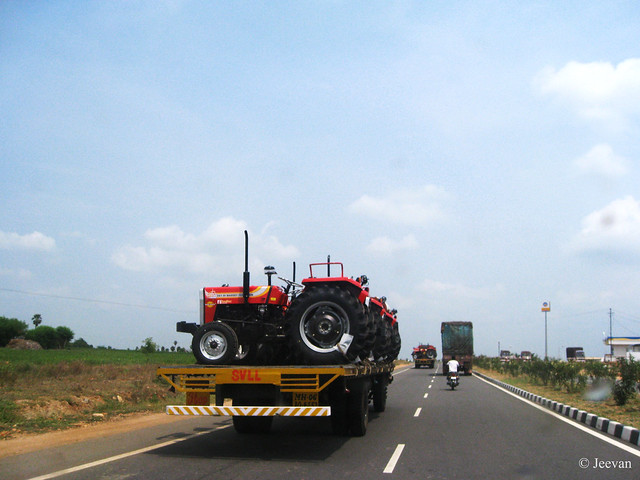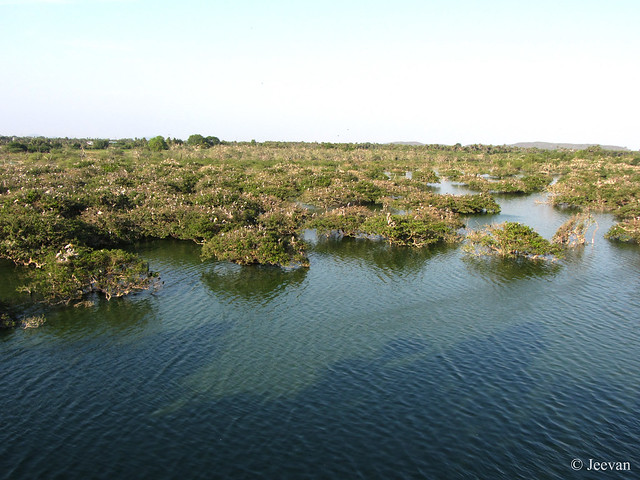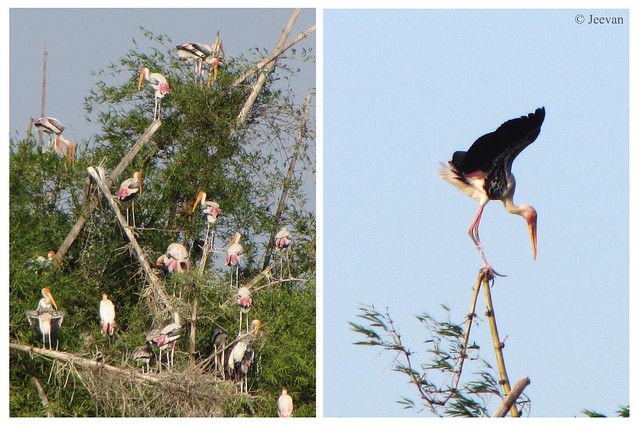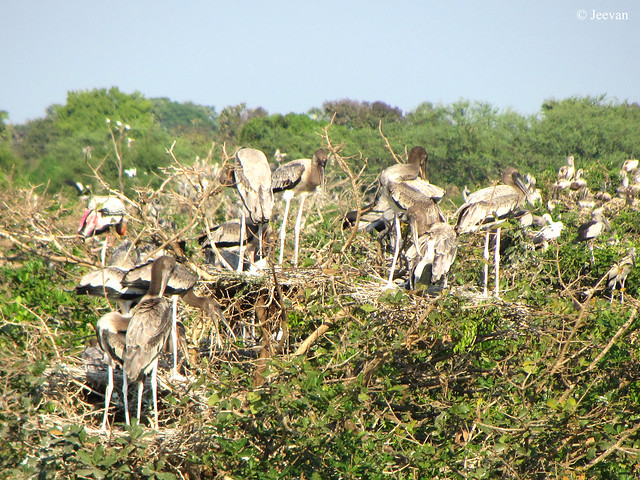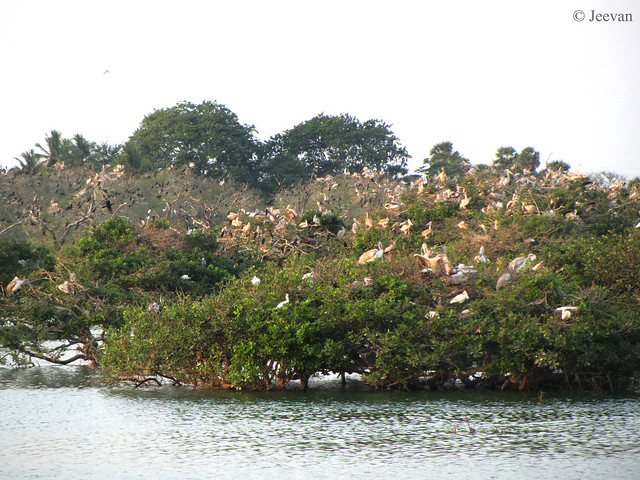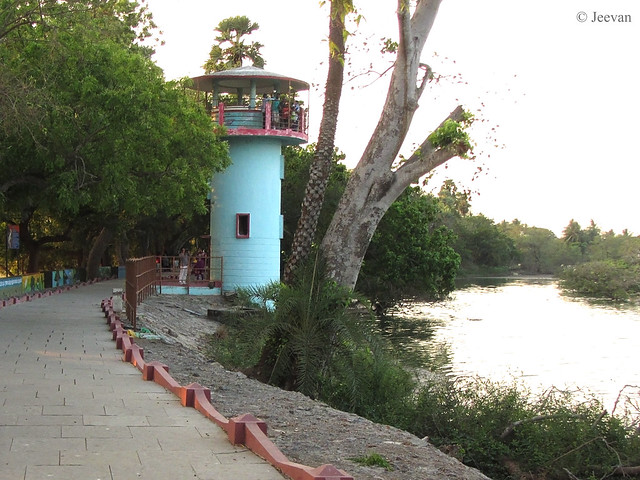Having our lunch at
Senthamangalam, a town on the foothills of Kolli Hills and about 12 km from
where the Ghat road with 70 hairpin bends begins! Among the mountain passes in
south India, Kolli Hills has the highest number of hairpin bends. Though it
perhaps sounds adventure and exciting and although it was, there’s nothing to
fear about alike it resound dangerous – infamously called as the mountains of
death, the travel for certain distance on this road is quite zigzag. An experienced
driver could give a pleasure ride… and the road is good enough and wasn’t
traffic alike other mountain passes could feel secure.
We climbed the mountains in the
afternoon and the landscapes on the way till the foothills, from the town, were
covered by farmlands, where paddy, sugarcane, palm coconut and areca are
cultivated in large scale. I am thinking for a separate post on this to look
more in detail. So, the almost ride on this mountain range were zigzag through
evergreen forest until the first village atop the hill, Cholakkadu, emerge with
a telescope house and farmers market. It was a beautiful ride with pristine
beauty at every curve and except few sharp hairpin bends, where heavy vehicles
are forced to take reverse as it is not possible to turn it one radius, it was
pleasant indeed.
 |
| One of the sharp hairpin bends |
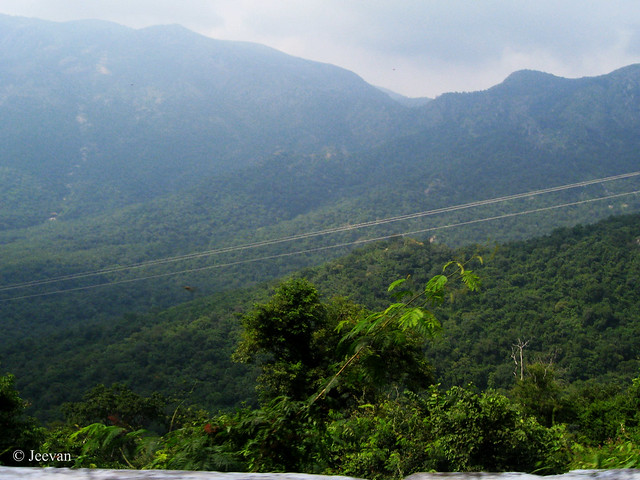 |
| An evergreen and pristine mountainscape |
As I know Kolli Hills is famous
for the herbal and medicinal plants with great potent, I kept breathe in deep the
fresh air winding across the Ghat and believed it heals my respiratory which
perhaps polluted to traffic environment in cities. Though I was disappointed
somehow expose to the transformation of the mountain tops into farmlands, the
calmness and leftover spaces of evergreen slopes keep me regain. We had booked
rooms in the Panchayath Union cottage at Semmedu, the headquarters of Kolli
Hils, but the rooms weren’t nice enough and that time we heard about the youth
hostel near Arappalleeswarar Temple, in Kovilur.
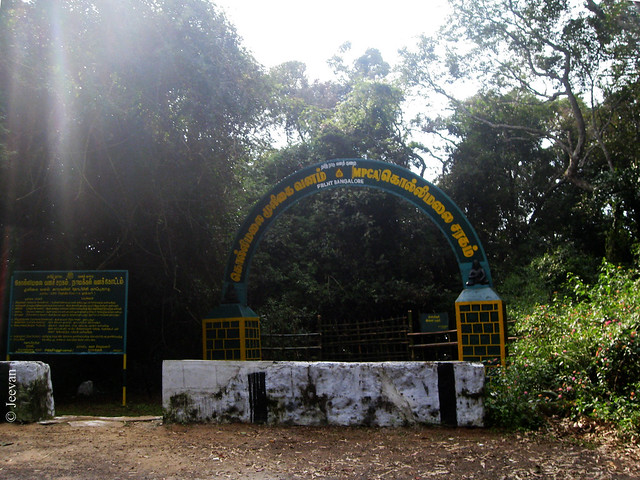 |
| Herbal forest at Kolli Hills |
The youth hostel is about 11 km from Semmedu and we decided to check the place to know will it suitable for us, informing them to come back if we aren’t content. The road to the hostel takes us through some lovely farmlands and a mini falls, though the accommodation wasn’t that greater there, but the environment where it was built wanted me to stay over there. And it was slightly drizzling when we reached there, which add more pleasant to the moment and silent ambiance. The hostel is on the road to the Arappalleeswarar Temple, with a backyard facing mountains and valley apart holding a beautiful garden landscape within.
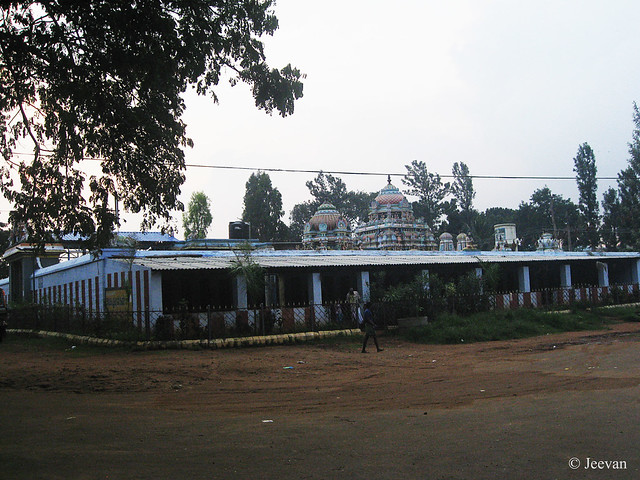 |
| Arappalleeswarar Temple (click all pics for enlarge) |
Being nearest to Arappalleeswarar
Temple, it was our first spot to check out. No, I haven’t gone inside the
temple and not only it has steps but I wasn’t interested then. The temple was
the main attraction to the Kolli Hills only next to the Aagaya Gangai waterfalls,
which closely exists to the temple and only people who are healthy and ability
to climb down/up 1500 steps are permitted inside. Like I told in my previous post, the Arapalesswarar Temple was built by the mountaineer ruler and skilled
archer Valvil Ori in the 1st or 2nd century CE during his
regime. The temple is dedicated to Lord Shiva and it also houses his entire family
– Goddess Shakthi, Lord Vinayaa and Muruga.

